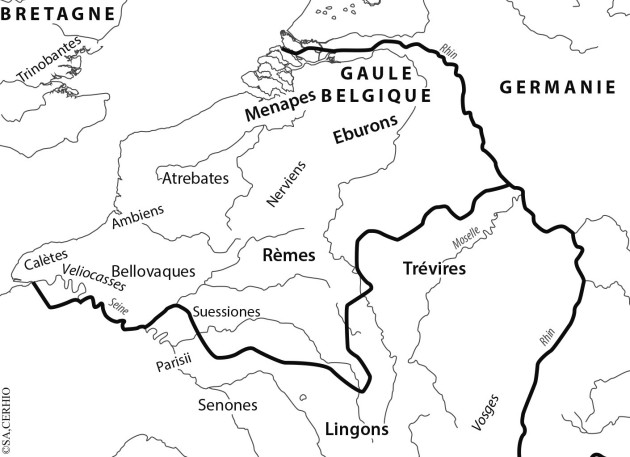Introduction
At Gournay-sur-Aronde in Picardie, a first discovery in the seventies brought into light a sanctuary attributable to middle Tène Gauls. Findings at Gournay-sur-Aronde were promptly emulated and by the end of the eighties there were some fifteen such sites - and counting - mostly situated north of the river Seine. It so happens that, between the 4th and 3rd century, Northern Gaul had been settled by new Celtic peoples[1], the Belgae. Against this new political background, autonomous cult sites were created as places designed solely for the practice of worship. They were not extensions to housing or burial grounds, they were sanctuaries[2]. They were the divinity's realm, his or her property as much as representation. However, the Gauls did not create craven images of their gods and no god's statue is to be found prior to Roman domination. The divinity's material reality must therefore be manifest through other means that would permit the contact between men and gods.
Thanks to the last thirty years' discoveries, we have information on the architecture, sacred demarcation, building plans, materials used; thus it is becoming possible to grasp what may have taken place in these sanctuaries. Likewise, thanks to animal remains, we can know the way they were sacrificed. We shall study two examples: the sanctuary of Gournay-sur-Aronde and the monumental trophy at Ribemont-sur-Ancre.







